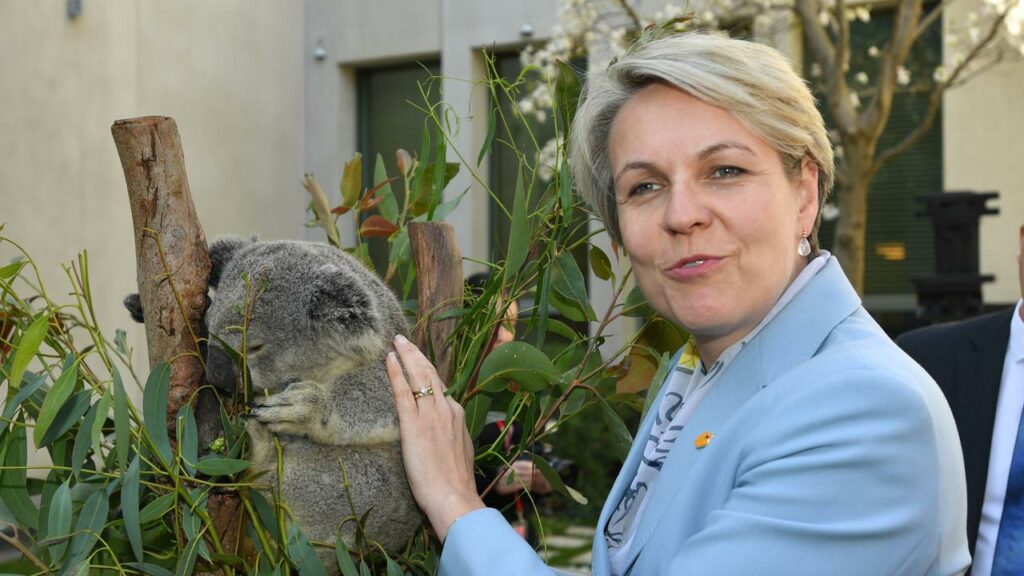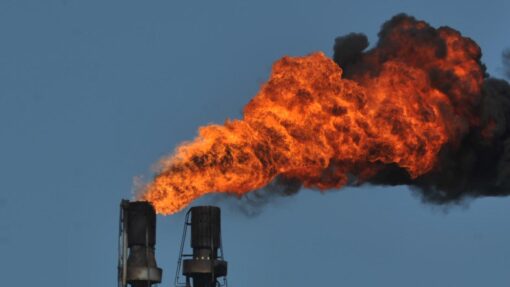Noah’s arks plan too narrow for ecologists
Tracey Ferrier |

A new plan to halt Australia’s extinction crisis is big on ambition but narrow in focus and won’t work unless habitat destruction is dramatically curtailed, conservation experts say.
The plan focuses on less than six per cent of the more than 1800 plants and animals on the nation’s threatened species list.
But Environment Minister Tanya Plibersek says intensive help for 110 priority species will also help pull others back from the brink.
The 10-year plan also designates 20 places of special environmental significance that will serve as “mini Noah’s arks” for Australian wildlife including Kakadu, the Australian Alps, Kangaroo and Norfolk islands, and Tasmania’s giant kelp forests.
“By focusing in on these species, and these places, we have the biggest chance of success,” the minister told reporters on Tuesday.
“If we focus on these species we also protect the species around them, the ones that are interdependent and living in the same environment.”
The plan also reflects Australia’s commitment to protect 30 per cent of its land and waters by 2030, the minister said.
Conservation experts are celebrating the commitment to ward off any more extinctions and ensure all priority species and places are on improved trajectories within five years.
“That has not been in previous plans,” said WWF-Australia’s chief conservation officer Rachel Lowry.
But she also said the plan was picking winners with its focus on priority species, and she wants every threatened species to have a costed and time-bound recovery plan.
University of Queensland professor James Watson welcomed the commitment to protect 30 per cent of Australia’s territory but warned that alone would not be enough.
“It will not secure species unless there is far greater investment in the actual management of these places, and that this won’t achieve much at all if land clearing, logging and inappropriate fishing continue unabated.”
Corey Bradshaw, a professor of global ecology at Flinders University, said more attention must be focused on private landholdings and ineffectual anti-clearing laws in place at the state level.
Priority species in the new plan include koalas, wombats, possums, native birds and plants.
Its release coincided with threatened listings for 15 more species and three ecological communities including the parma wallaby found in the Great Dividing Range, and NSW’s Mount Kaputar land snail and slug community including the striking Kaputar giant pink slug.
It’s been less than three months since the five-yearly State of the Environment report laid bare what’s already been lost and what could follow.
The report found the environment is sick and getting sicker with almost every ecosystem ailing, and Australia holding the world title for mammal extinctions.
AAP


